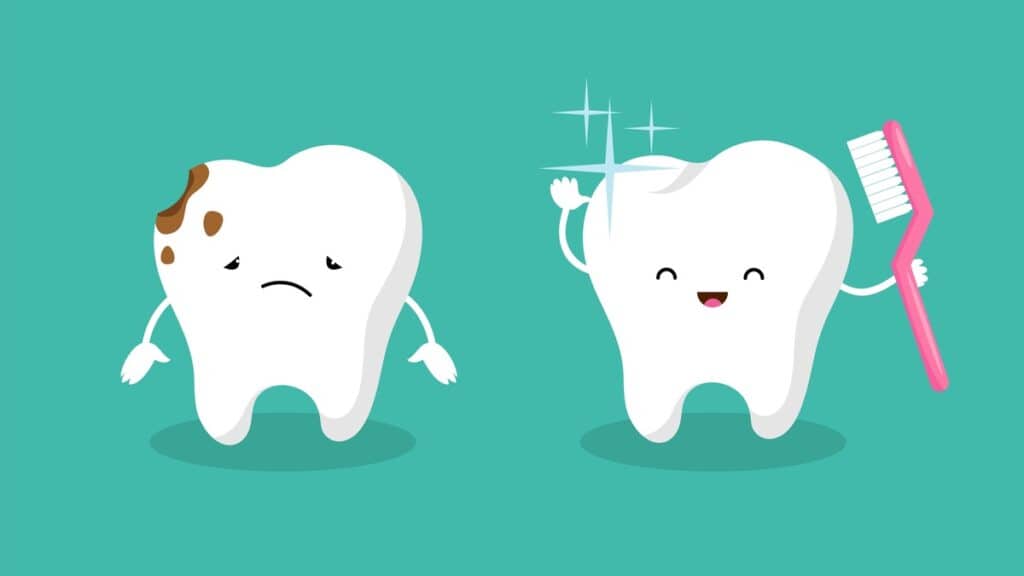Dental crowns help restore a damaged tooth and prevent more damage from occurring. They also close gaps in the mouth caused by missing teeth.

Dental crowns come in a variety of materials. Those with the best aesthetics are made of porcelain, zirconia, or E-max. ‘Monolithic’ ceramic CAD/CAM machines produce crowns with multiple porcelain shades for optimal color matching to natural teeth.
Strength
A dental crown protects a cracked or broken tooth from further damage and prevents the mouth’s natural teeth from shifting and causing misalignments. In addition, dental crowns can last decades or even a lifetime depending on the material. Gold and porcelain-fused-to-metal crowns last the longest, while all-porcelain or all-ceramic crowns have the shortest lifespan.
Large Fillings
Tooth fillings do not strengthen a tooth but replace the decayed enamel and prevent further damage. A dentist may recommend a dental crown instead of a filler for teeth with intense decay or a cracked tooth.
Severe Acid Erosion
Patients with severe acid reflux or GERD lose significant amounts of enamel due to the acid. This type of erosion can cause more decay, root canals, and tooth loss, so treating these teeth with a crown is essential.
Durability
A dental crown is a cap or covers the dentist places atop damaged teeth to restore their average size, strength, and appearance. They can be made from porcelain, ceramics, and metals.
Dentists commonly use a crown after root canal treatment to protect the infected tooth and help it heal. They also place them on severed and cracked teeth for support and durability.
Dental crowns are a safe treatment option but have some risks. A crown can sometimes chip or crack, so patients should practice good oral hygiene and avoid biting on complex objects or clenching their teeth. They can also develop decay underneath a crown, so visiting the dentist regularly for cleanings is essential. Additionally, some patients can be allergic to the materials used in a crown. If this occurs, the dentist may need to replace the crown with a different material. However, these problems are rare.
Comfort
A crown covers a damaged tooth like a protective shell. This helps prevent further damage to the tooth and restore its ability to perform normal biting and chewing functions. The type of crown you need depends on the condition of your tooth and your dentist’s recommendations. For example, your dentist may suggest an indirect resin crown that costs less than a porcelain or ceramic one. However, it may need to be more durable and resistant to chipping and wear.
Your dentist can use a crown to repair a cracked or broken tooth that is too sensitive for a filling, such as from a root canal treatment or clenching and grinding. A height is more durable than a dental bridge for a missing tooth, as it supports the remaining natural teeth on either side. Patients may experience sensitivity after a crown procedure, but it usually dissipates within a few days with regular brushing and an over-the-counter pain reliever.
Aesthetics
A dental crown is a hardened shield placed over a tooth to restore its typical shape and size. It also strengthens a weak tooth and improves its appearance, mainly when applied by an experienced dentist.
The most commonly used material for dental crowns is porcelain. This tooth-colored material is carefully sculpted to blend seamlessly with your mouth’s other teeth. These crowns can be applied with minimal tooth preparation (as opposed to ‘full’ dental veneers), which is ideal for patients who have a thin smile or are concerned about the look of their teeth.
Other types of crowns include ceramic-on-metal and feldspathic porcelain. The type of crown your dentist uses will depend on the location of the tooth, its function, and your budget.






